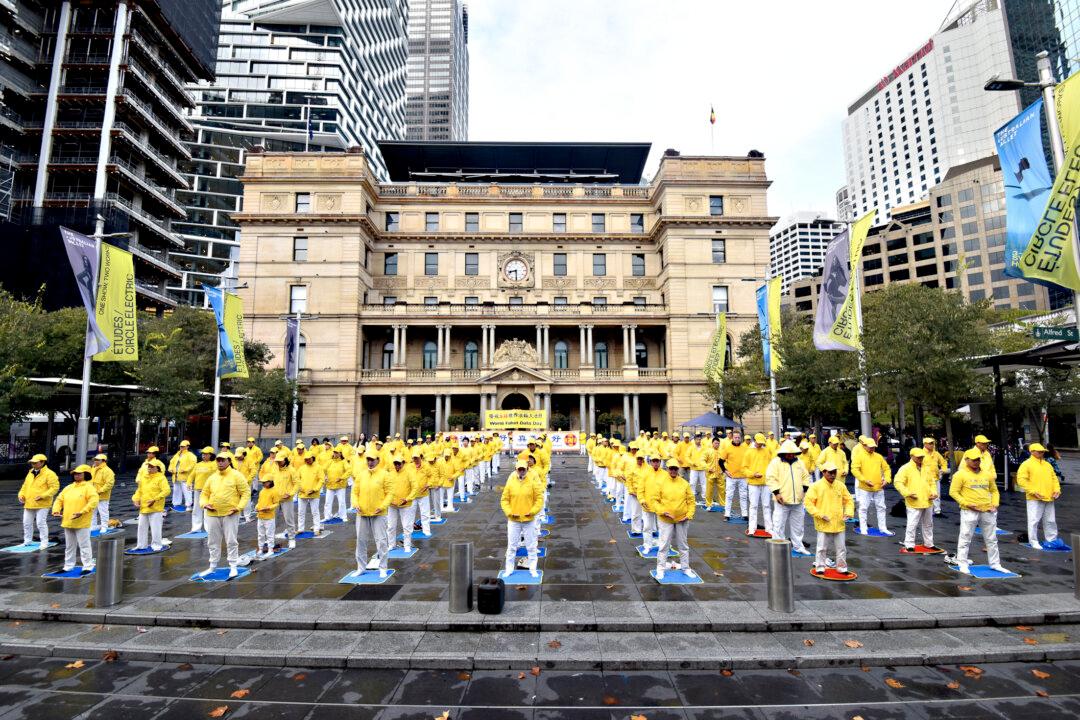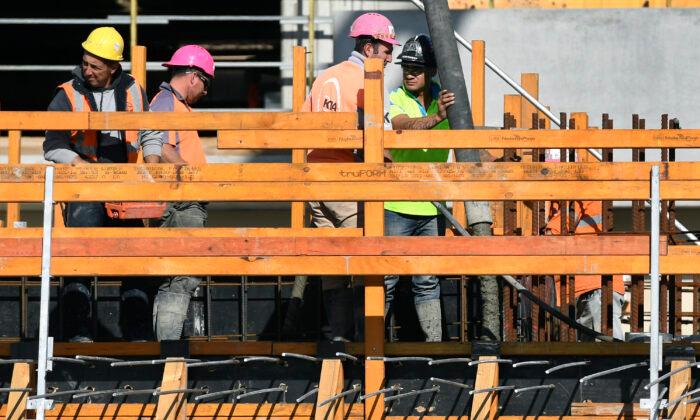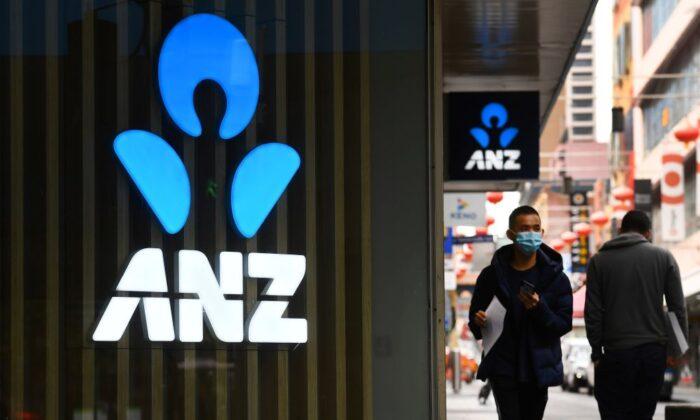An Australian parliamentary committee has recommended easing the permanent residency pathway for skilled temporary workers and the “best and brightest” international students to help address the country’s skill shortages accentuated by the pandemic.
“The plan would coordinate the efforts of state and federal governments to ensure Australia’s persistent skills shortages and future workforce needs are addressed through Australia’s higher education and vocational education systems, employment services and the skilled migration program,” the report said.
One of the proposal’s key elements is overhauling the system for identifying skill shortages to obtain a more accurate understanding of the occupations requiring skilled migrants now and into the future. In addition, the committee suggests the federal government develop a dynamic national workforce plan based on a coordinated approach.
The committee also proposes that all employer-nominated visas should offer the option for permanency, provided applicants meet the English language competency requirements and are under the age of 45.
The move aims to attract and retain migrants with skills in need to help businesses create more jobs. Employers can also nominate their employees who hold temporary working visas for employer nominated visas, offering them the opportunity to permanent residency.
It is suggested that top-ranking international students should also be offered permanent residency if they graduate from a university course that leads them to a job in an occupational area with persistent skills shortages.
Other measures include cutting red tape for skilled migrant visas, consolidating the current skills lists, providing more concessions for regional visas, improving customer service from Home Affairs and relaxing some labour market testing requirements.
Committee Chair, Liberal MP Julian Leeser said that the COVID-19 pandemic had exacerbated Australia’s chronic skill shortage, with over 500,000 temporary migrants had left the country since the outbreak last year and another 77,000 leaving this year.
“The lack of skilled migrants coupled with record low unemployment has led to major skill shortages in many sectors of the Australian economy,” he said, adding that the pandemic has also created an opportunity for the government to reflect on how its skilled migrant program can serve the country’s best interest.
The report follows months of consultation with wide-ranging businesses and industrial peak bodies, including the country’s tech giants Atlassian and Canva. The feedback highlights an urgent need for a “predictable, transparent and reliable pathway to permanency ” to attract and retain overseas talent.
Hobart-based independent economist Saul Eslake supports the move to attract more highly-skilled migrants, saying “the skill-based” approach of Australia’s immigration program is the key to its success over the last two decades.
While confident in the viability of the current programme, he said it needs some re-thinking and more weight should be given to high-skilled migrants.
“Allowing businesses to bring in temporary migrants to do unskilled jobs puts downward pressure on wages and reduces the imperative for businesses to train people,” he warns.
“Business Innovation and Investment program rules which have been purportedly designed to select people with ‘business acumen’ instead result in people buying small businesses with little capacity for innovation, ” he said.





